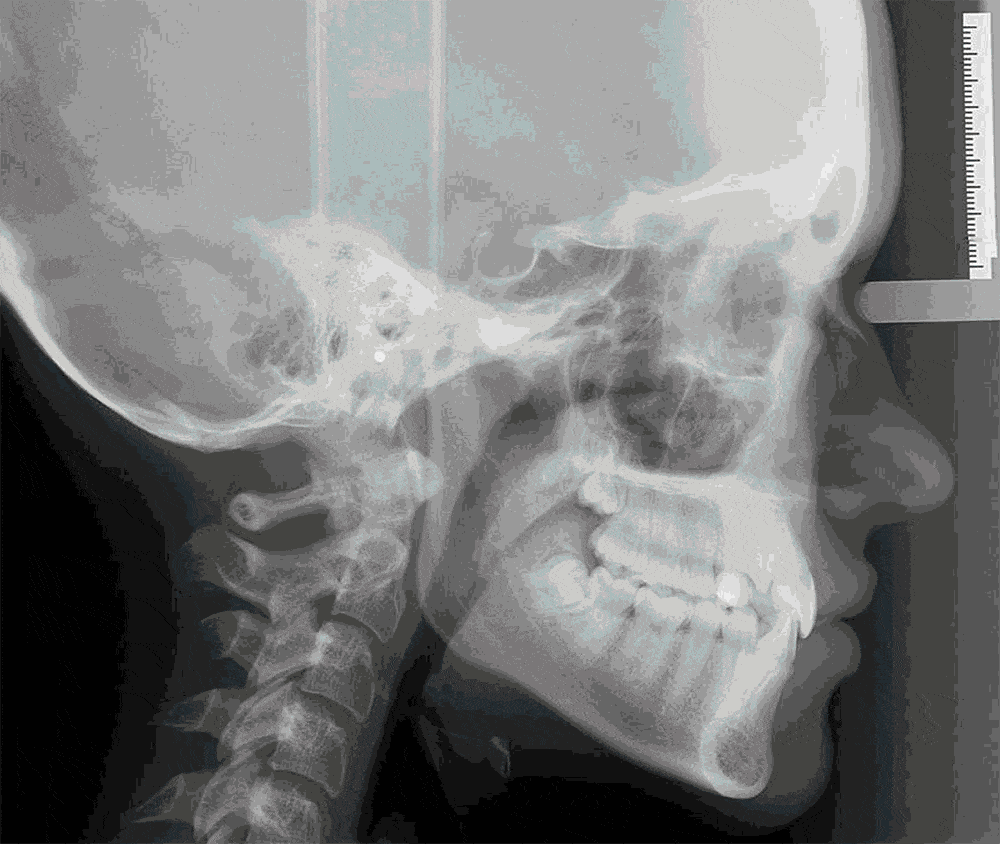Figure 1, the social network where doctors post photos of interesting maladies, has compiled its “most visually striking images” for a limited edition 16-month calendar. The calendar was given away to 200 Figure 1 members in a virtual drawing to celebrate the new year.
“Our app is based on the idea of spiral learning — that the more you see a condition, the better you’ll be able to recognize it in your practice,” Ingrid Yu, the company’s communications manager, said in an email. “That’s why health care professionals use the app every day, and the fact they use it on a daily basis inspired one of our developers to suggest a calendar.”
The calendar photos are compositionally good and chosen in part due to the amount of engagement they got on the app. The calendar includes a 32-year-old’s eye through an optometrist’s slit lamp, a kidney donor waving to a recipient on her way to the operating room, and an X-ray of heel spurs.
None are particularly graphic or bloody, which was a consideration for an app that frequently gets gory. “What may seem graphic to a member of the general public is part of a health care professional’s daily work,” Yu said. “These cases involve real patients during some of the most vulnerable moments in their life, so it’s important to view the cases with a compassionate eye. That said, we took care to choose pictures that wouldn’t look out of place on a cardiologist’s desk.”
Figure 1 has a lot of case studies that are more interesting, at least to a voyeur like me — like the rare diseases, household accidents, and medical mysteries reminiscent of those explored on the TV show House. (For example, back in January, a medical resident in Brazil turned to Figure 1 to help diagnose a mysterious illness that presented as unidentifiable sores on the legs of three sisters who lived in the slums. The story is a saga. The doctor is Dutch and was still getting used to the local system. Brazil does not have the supplies to do a tuberculosis test, and the X-rays that were available came back clean. Figure 1 commenters suggested fungus, sand fleas, and cigar burns, but the case is still unsolved.)
Some of the images on Figure 1 are also quite pretty, like this one of a placenta:
But many of the images are either mundane or gross. Posts range from microscope slides and EKGs to bloody open wounds, fetuses, and horror-movie skin conditions. The images are uploaded with a description of the case and either an observation or a request for help with treatment or diagnosis. Identifying information is removed, which Figure 1 says makes the images exempt from privacy regulations. The app also includes a patient consent form that can be signed on the spot.
Posts that were trending on Figure 1 as of this writing include an image of a Doctors Without Borders surgeon performing surgery in Syria, a case of “cutaneous cobblestone lesions” that mottled a man’s legs, and an image of cerebrospinal fluid spotted on a patient’s pillow.
Figure 1 members include more than a million medical professionals in 100 countries, the company said. In April, it introduced a direct messaging system.
The company has raised more than $13 million from investors, with no public plans for monetization. “We are venture-capital-backed and are focused on making the best product we can,” Yu said. “Down the road we’ll determine the best way to monetize, but it’s not our focus right now.”
In a 2015 interview, founder Gregory Levey told Canadian Business something similar. “... But we know from the emails we get every day that there’s a lot of people who have things in mind that they’d be willing to pay for,” he said. Those could include calendars, but Figure 1’s products will probably end up being features like the ability to get advice quickly, complementary software, and conference tickets.


